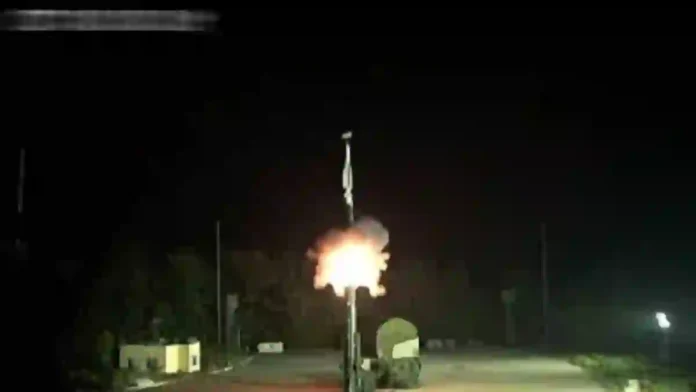India’s Defence Research and Development Organisation (DRDO) has made significant progress in the development of hypersonic weapons, with particular focus on Hypersonic Glide Vehicles (HGVs) and hypersonic cruise missiles. Following the successful use of indigenous weapon systems during Operation Sindoor—where systems like BrahMos, Akash, and the D4 anti-drone system demonstrated exceptional performance—India’s attention has shifted to next-generation missile technology, notably hypersonic platforms.
The DRDO chief, Dr Samir V Kamat, recently confirmed that India’s hypersonic glide missile is in an advanced stage of development. According to Dr Kamat, one development trial has already been completed, and all remaining development trials are expected to conclude within the next two to three years, after which the missile will be ready for induction into the armed forces.
This timeline positions India alongside a select group of nations—such as the United States, Russia, and China—that possess operational hypersonic weapon capabilities.
The hypersonic glide missile, often referred to as the Dhvani HGV, features a blended wing-body design with a wedge-shaped structure to optimize speed and manoeuvrability. The vehicle is equipped with an advanced heat protection system using ultra-high-temperature ceramic composites, enabling it to withstand the extreme temperatures generated during atmospheric re-entry.
While official specifications remain undisclosed, sources suggest that the Dhvani HGV could have an intercontinental range, potentially placing it in the same league as Russia’s Avangard or China’s DF-ZF HGVs.
HGVs are typically launched atop ballistic missile boosters, reaching the edge of the atmosphere before detaching and gliding toward their targets at speeds exceeding Mach 5. Their key advantage lies in their ability to maneuver during flight, making them highly evasive and difficult to intercept by existing missile defence systems. This manoeuvrability, coupled with hypersonic speeds, allows for deep precision strikes against high-value targets, both conventional and nuclear, across vast distances.
The ongoing development of India’s hypersonic arsenal also includes the Extended Trajectory–Long Duration Hypersonic Cruise Missile (ET-LDHCM) under Project Vishnu. This missile, powered by an advanced scramjet engine, is expected to achieve speeds up to Mach 8 and deliver both nuclear and conventional warheads over a range of approximately 1,500 km.
India’s pursuit of hypersonic technology is driven by both technological ambition and strategic necessity. The recent use of hypersonic missiles in global conflicts—such as Iran’s deployment of the Fattah-1 against Israel—underscores the transformative impact of these weapons on modern warfare. By advancing its hypersonic capabilities, India aims to strengthen its deterrence posture and maintain strategic stability in a region marked by evolving missile threats from neighbouring powers.
With the DRDO’s hypersonic glide missile expected to complete its development and be ready for induction within two to three years, India is poised to join the ranks of global hypersonic powers. This technological leap, alongside ongoing improvements to existing systems like BrahMos and the development of smaller, more versatile variants, signals a new era in India’s strategic and technological landscape.
The successful deployment of these advanced weapons will significantly enhance India’s ability to conduct rapid, precise, and hard-to-intercept strikes, fundamentally altering the balance of power in the region.
IDN (With Agency Inputs)
Agencies




